Decision No. 1287/QD-TTg dated November 2, 2023 of the Prime Minister approving the Da Nang City Planning for the period 2021-2030, with a vision to 2050, identifies Da Nang as one of the country's high-tech industrial and supporting industrial centers, including microelectronics technology, semiconductor chip technology and semiconductor microcircuits. What should Da Nang do to take advantage of the golden opportunity from the semiconductor industry, which is forecast to be a trillion-dollar economic sector?
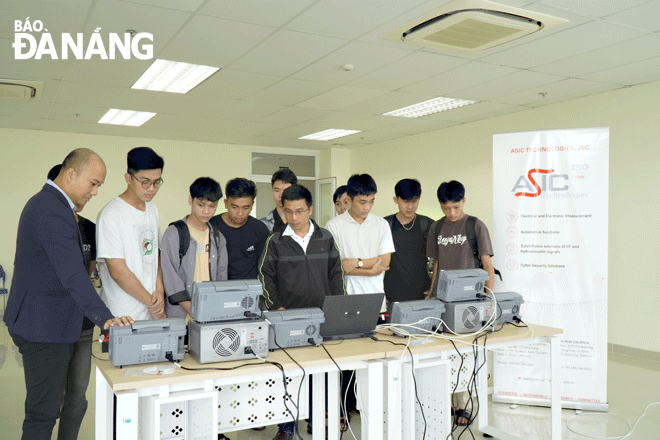 |
| Students of the University of Technology (University of Danang ) were supported by businesses with electronic equipment for laboratories serving microchip-related majors in early November 2023. Photo: MQ |
Lesson 1: Da Nang has many advantages in microchip industry
At the workshop “Developing human resources to serve the semiconductor industry, an issue for Da Nang city”, the city identified priority for developing policies related to attracting investment, international cooperation and initial support to attract development, spread research and training of semiconductor human resources in the coming time.
Many local advantages
Da Nang is directing relevant agencies to urgently develop a project to develop semiconductor chips and microcircuits in the city; at the same time, research and develop mechanisms and policies to attract and develop this human resource. This is one of the important tasks to realize the aspiration of building Da Nang into a destination for semiconductor chip design. Previously, since the 2000s, the city has issued policies and guidelines as a foundation for developing the information technology (IT) industry, such as Resolution No. 07-NQ/TU dated October 3, 2000 of the City Party Committee on a number of policies for developing the software industry and Resolution No. 06-NQ/TU dated March 12, 2003 of the City Party Committee on promoting the application and development of IT.
The Resolution of the 22nd City Party Congress for the 2020-2025 term has identified one of the three key and breakthrough tasks as "Strongly innovating the growth model, restructuring the economy, focusing on strongly developing high-tech industry and information technology, associated with building a creative startup city, a smart city, creating a foundation to promote the development of new industries and fields, especially the digital economy, digital society and digital government". Along with that, the City People's Committee issued Plan No. 163/KH-UBND dated August 16, 2023 on developing the IT industry in the city by 2030, in which priority is given to developing the microchip design and manufacturing industry.
Recently, from November 14 to 17, during a working visit to the United States, under the witness of President Vo Van Thuong, Da Nang City signed a memorandum of understanding on cooperation with leading corporations and enterprises of the United States and the world in the semiconductor industry. Specifically, in San Francisco, the City People's Committee and Synopsys Company signed a memorandum of understanding on cooperation related to the development of the semiconductor sector in the city in the coming time...
According to Mr. Trinh Thanh Lam, Business Director of Synopsys South Asia, when studying Da Nang's development strategy, he realized that if the city chose to develop conventional industries and technologies, it would run out of land; if it wanted to develop, it would be forced to choose high-tech industries, including the semiconductor industry. Synopsys leaders also said that Vietnam is one of the company's strategic investment destinations in Asia - Pacific. During the period of 2020 - 2022, Synopsys Vietnam has expanded to 4 offices in 2 major cities, Ho Chi Minh City and Da Nang, attracting nearly 500 engineers to work.
Also within the framework of this visit and work in the United States, at the investment promotion conference "Da Nang - Investment destination in the semiconductor sector" in San Jose (California, USA), Da Nang and ITSJ-G Company signed a memorandum of understanding on cooperation in the field of design and production of electrical and electronic components. Qorvo Company in the United States proposed that Da Nang consider supporting training programs for microchip design engineers, electrical - electronics and promoting the development of high-quality human resources in the field of semiconductors in the city, as well as increasing investment in infrastructure in the field of chips and semiconductors. Marvell Company (USA) in particular is very interested in the development of the semiconductor industry in Vietnam in general and highly appreciates the potential for the development of the semiconductor industry in Da Nang in particular.
The company representative informed that in January 2024, the company will visit and work in Da Nang to survey the opening of an office here. Notably, at the working session with the Da Nang delegation, Intel Corporation highly agreed with the city's proposal and soon implemented cooperation between the two sides on training human resources in Da Nang; combined with the group's Artificial Intelligence for the Future program ("AI for Future"); supporting Da Nang to build a High Performance Computer Center ("The high performance computer center") and deploy a laboratory to serve the assembly and testing of microchips and semiconductors in Da Nang city...
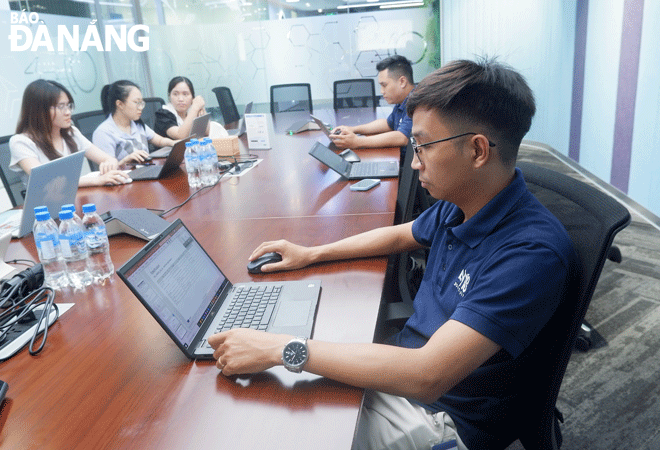 |
| Employees at the Synopsys Vietnam Co., Ltd. Branch in Da Nang (Hai Chau District) are working. Photo: MQ |
Difficulties to be resolved
The potential for developing the semiconductor industry in Vietnam in general and Da Nang in particular is huge with many opportunities to attract investment and receive technology transfer from international corporations in the United States and other partners, but there are still certain difficulties.
Mr. Bui Le Anh Hieu, Marketing and Sales Director, Long Hau Joint Stock Company, said that the current occupancy rate in industrial parks in the city is relatively high. The industries that have attracted industries are scattered in many fields and the number is not large. Therefore, it has not created a community of manufacturing enterprises that complement each other and limits the ability to supply to new enterprises coming to Da Nang to study investment. In addition, the remaining land fund of industrial parks is not much, which also limits the ability to attract new projects. Regarding road and air infrastructure, the relatively developed road network facilitates inter-regional traffic. Seaport infrastructure is still a limitation because the volume of goods traffic and the number of trips through Tien Sa port is not high. Regarding labor resources, Da Nang has many advantages in terms of labor resources in the service and IT sectors... According to Mr. Hieu, to develop high-tech production and supporting industries, more solutions are needed to have better supply sources for businesses. In addition, it is necessary to continue creating more industrial land funds and supporting services for production to attract more investors.
In addition to difficulties in infrastructure and land, Da Nang needs to do well in training high-quality human resources. The city currently has about 250 enterprises operating in the field of manufacturing, processing and assembling electronic components and devices with nearly 10,500 employees. In particular, the semiconductor industry workforce in Da Nang ranks third in the country, after Ho Chi Minh City and Hanoi, and Da Nang only accounts for 7%. Associate Professor Dr. Ha Dac Binh, Principal of the School of Technology (Duy Tan University) said that semiconductors are a rather "selective" field of study for students because it requires learners to have a foundation in STEM (skills related to the fields of science, technology, engineering and mathematics) as well as foreign language proficiency because most of them work on foreign projects.
Associate Professor Dr. Huynh Cong Phap, Principal of the Vietnam - Korea University of Information and Communications Technology (University of Danang), assessed that most training institutions face difficulties in terms of lecturers with practical experience in teaching and facilities. In addition, the investment costs and the operation of a practice - experimental system for this field are very high. Similarly, according to Associate Professor Dr. Nguyen Hong Hai, Vice Principal of the University of Technology (University of Danang), compared to the total number of students graduating each year (in related fields), the number of students working in the field of microchips and semiconductors is quite modest, accounting for only about 10%. These are issues that the city is concerned about and needs solutions in the coming time.
THANH LAN
Source




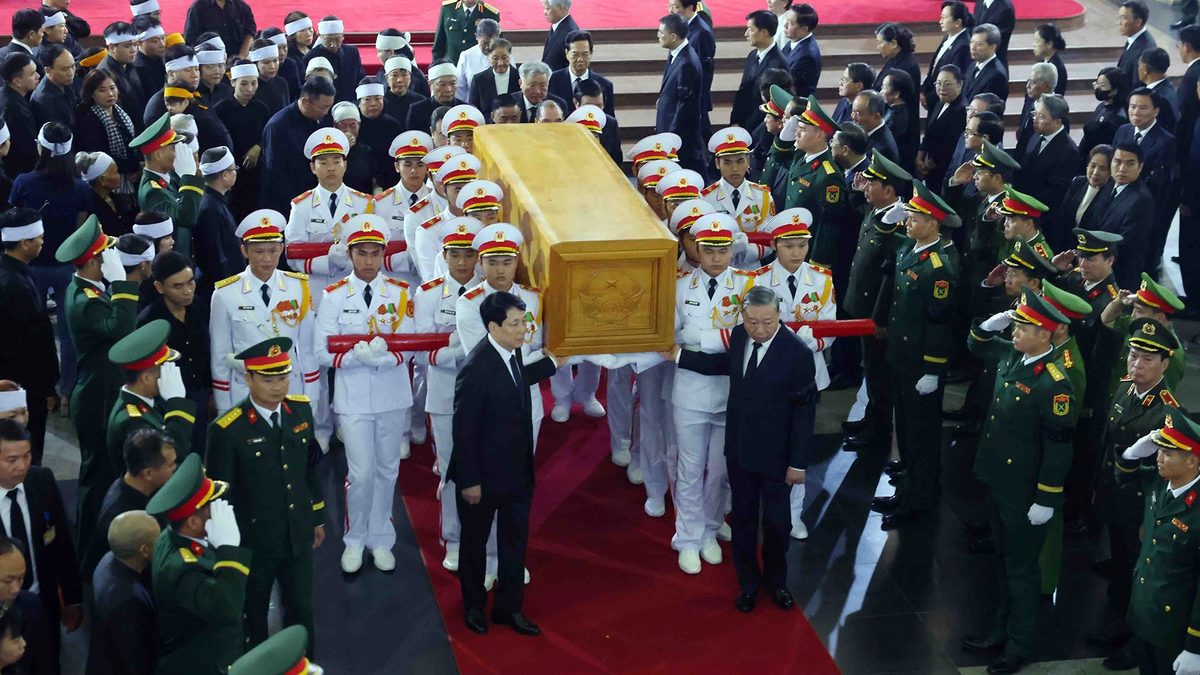
![[Photo] Panorama of the memorial service for former President Tran Duc Luong](https://vphoto.vietnam.vn/thumb/1200x675/vietnam/resource/IMAGE/2025/5/25/d33968481f21434fa9ed0df48b9ecfa9)
![[Photo] Prime Minister Pham Minh Chinh meets the Vietnamese community in Malaysia](https://vphoto.vietnam.vn/thumb/1200x675/vietnam/resource/IMAGE/2025/5/25/1f11d1256d7745a2a22cc65781f53fdc)




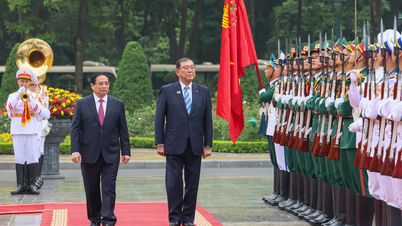
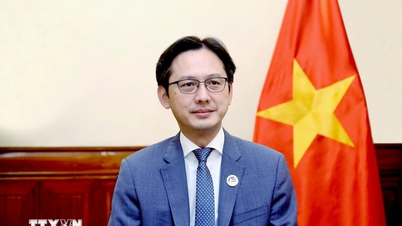



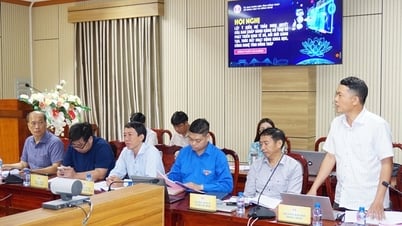













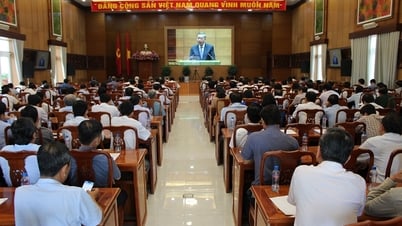




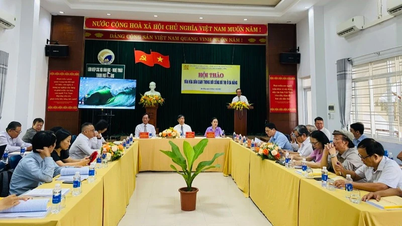





























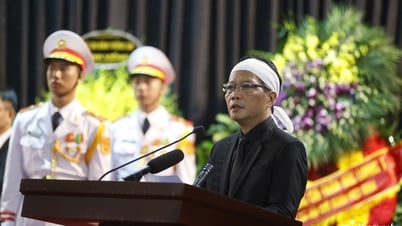

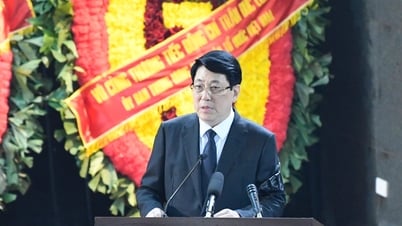













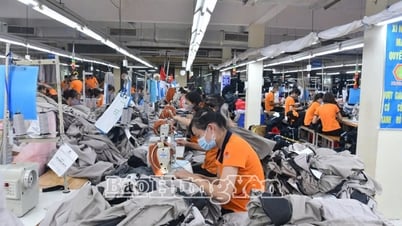





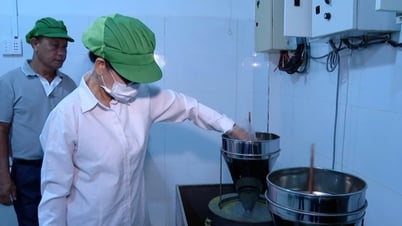









Comment (0)